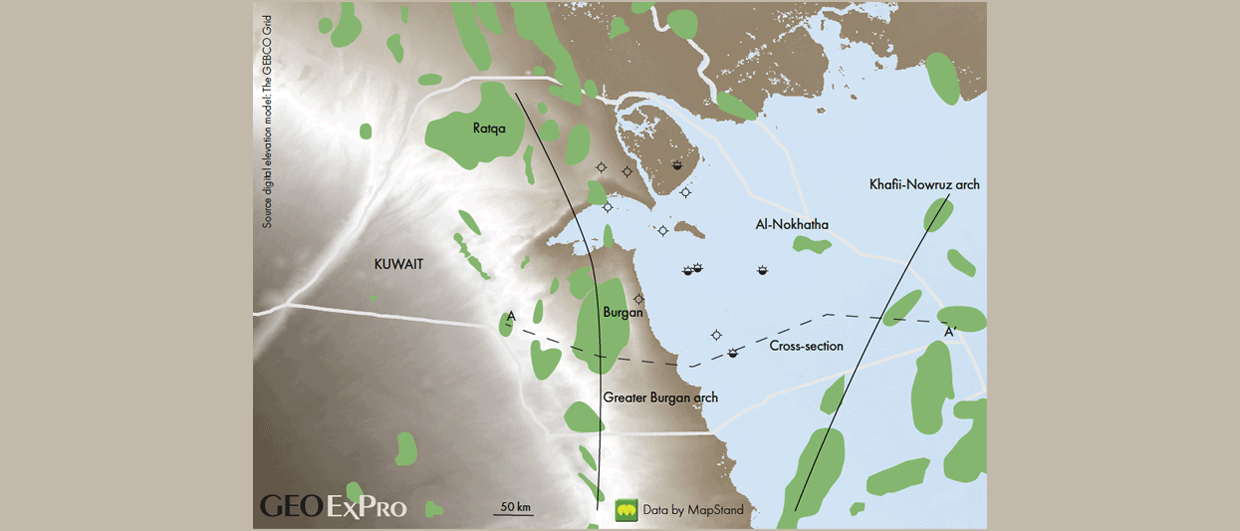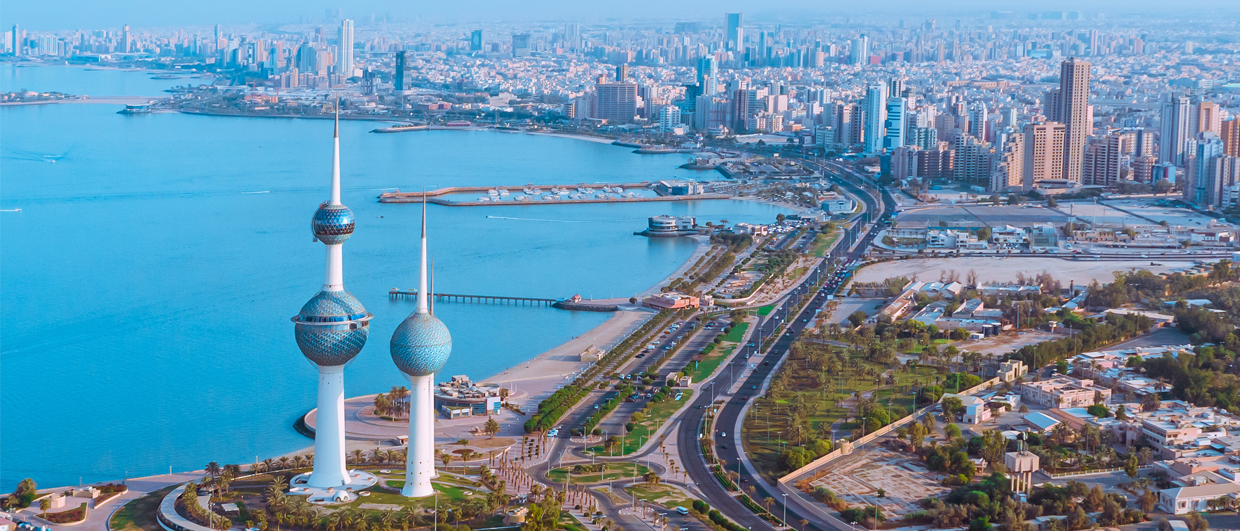Kuwait is not the first country one would associate with places ramping up efforts to discover more oil. At the end of the day, the small Gulf country is home to one of the biggest onshore oil fields in the world – the giant Burgan field. However, Burgan and its smaller equivalents across the desert have started a more mature phase of production and the times of easy oil from these fields seem to be over.

In that light, it is no surprise to see news items along the lines of “Kuwait Oil To Wrap Initial Offshore Drilling Campaign in 3 Years”, as reported by the Journal of Petroleum Technology in October last year. The article describes that Kuwait received its first offshore rig in 2022, which is also a clear sign of the shift in focus towards the slightly more complicated and economically less favourable places in the country – its shallow waters in the Gulf. In some ways, one might be surprised it is only happening now.
New discoveries and their implications
With the arrival of the offshore rig, KOC embarked on a six-well offshore exploration campaign, according to JPT. It may very well be that the announcement of a major gas and oil discovery earlier this summer is part of this campaign. According to KOC, 2.1 billion barrels of light oil and 5.1 trillion cubic feet of gas, equal to around 3.2 billion barrels of oil equivalent, were found in the Al-Nokhatha prospect. This volume represents about three years of the countries oil output, said KPC’s CEO, Sheikh Nawaf Saud Nasir Al-Sabah.
The location of the new discovery is interesting, too. Even though one could argue that oil is present in any closure in this part of the world, it is clearly out of trend with respect to the Burgan-Ratqa cluster on the Greater Burgan arch trend and the group of fields lining up with the Khafii-Nowruz arch. This then begs the question, is the new discovery a stratigraphically trapped accumulation? If the cross-section is anything to go by, a simple anticlinal closure seems unlikely for Al-Nokhatha.
Future production capacity
The country really needs additional production capacity, as a report from S&P Global concluded in 2022. At the time, there may only have been about 30,000 b/d of upside left, given a daily output that swings around 2.8 million barrels per day. That equals around 1 % of spare capacity. S&P also wrote that it is KOC’s plan to raise production to 4.75 million b/d in 2024, but this was seen as highly ambitious at the time.


